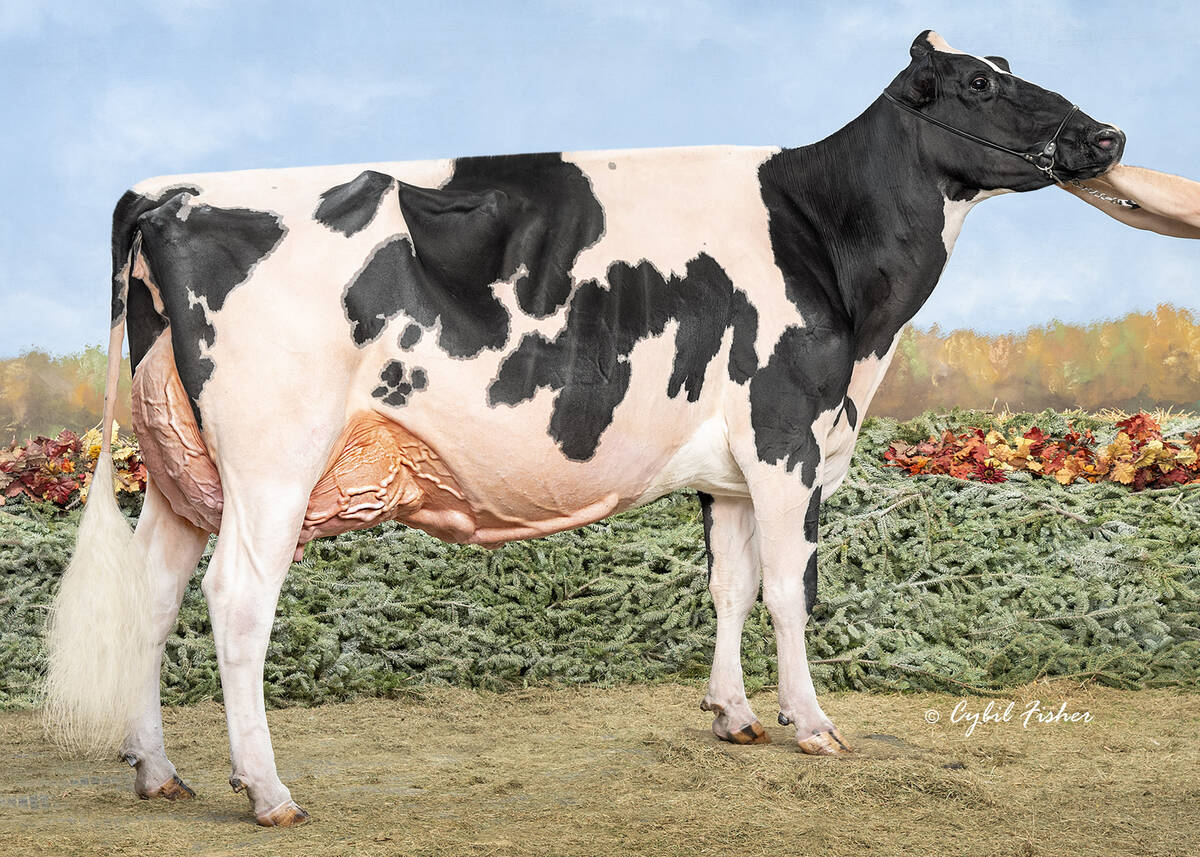Although limited sulfur supplies earlier this spring forced many canola growers to change fertilizer plans, research suggests there’s still time.
Adrian Johnston, an agronomist with the Agriculture Canada Research Centre in Melfort, Sask., has been telling farmers it’s not too late to get the proper sulfur applied.
“I have been telling guys that are already planning on spending $120 plus an acre on canola inputs this spring that they would be well-advised to spend another few dollars on ammonium sulfate, if they want to grow a crop.”
Read Also

Saskatchewan dairy farm breeds international champion
A Saskatchewan bred cow made history at the 2025 World Dairy Expo in Madison, Wisconsin, when she was named grand champion in the five-year-old Holstein class.
Johnston and other crop specialists said top dressing sulfur after the crop has been seeded has a wide window of application times.
Tight supplies caused many producers to pass on applying sulfur, given the dry conditions, which makes applications less urgent. Other farmers applied less ammonium sulfate or opted for the lesser understood elemental sulfur.
“Since soil sulfur dynamics are poorly understood, the decision to use elemental sulfur rather than ammonium sulfate may or may not create problems in the growth of sulfur-sensitive crops such as canola,” said Norm Flore, of Westco Fertilizer in Calgary.
Only recently have crop researchers been able to identify sulfur deficiencies in canola. Newer varieties of higher yielding canola and moist growing seasons have also drained reserves of sulfur in the soil.
Agronomists point to several warning signs producers can look for to tell if their plants need sulfur.
“It will show up first in the newest leaves,” said Garry Hnatowich, an agronomist with Saskatchewan Wheat Pool in Saskatoon.
“A yellowing will occur at the top and work its way down the plant. A pink to red color will appear on the back of the lower leaves. If left long enough it will cause a butter-colored flower.”
“You can apply ammonium sulfate right through flowering and pod set if necessary. But once the problem is found it pays to get it done as soon as possible,” said Hnatowich.
However, he added if the canola doesn’t get rain soon, it won’t need sulfur. “The crop won’t be big enough to need it.”














